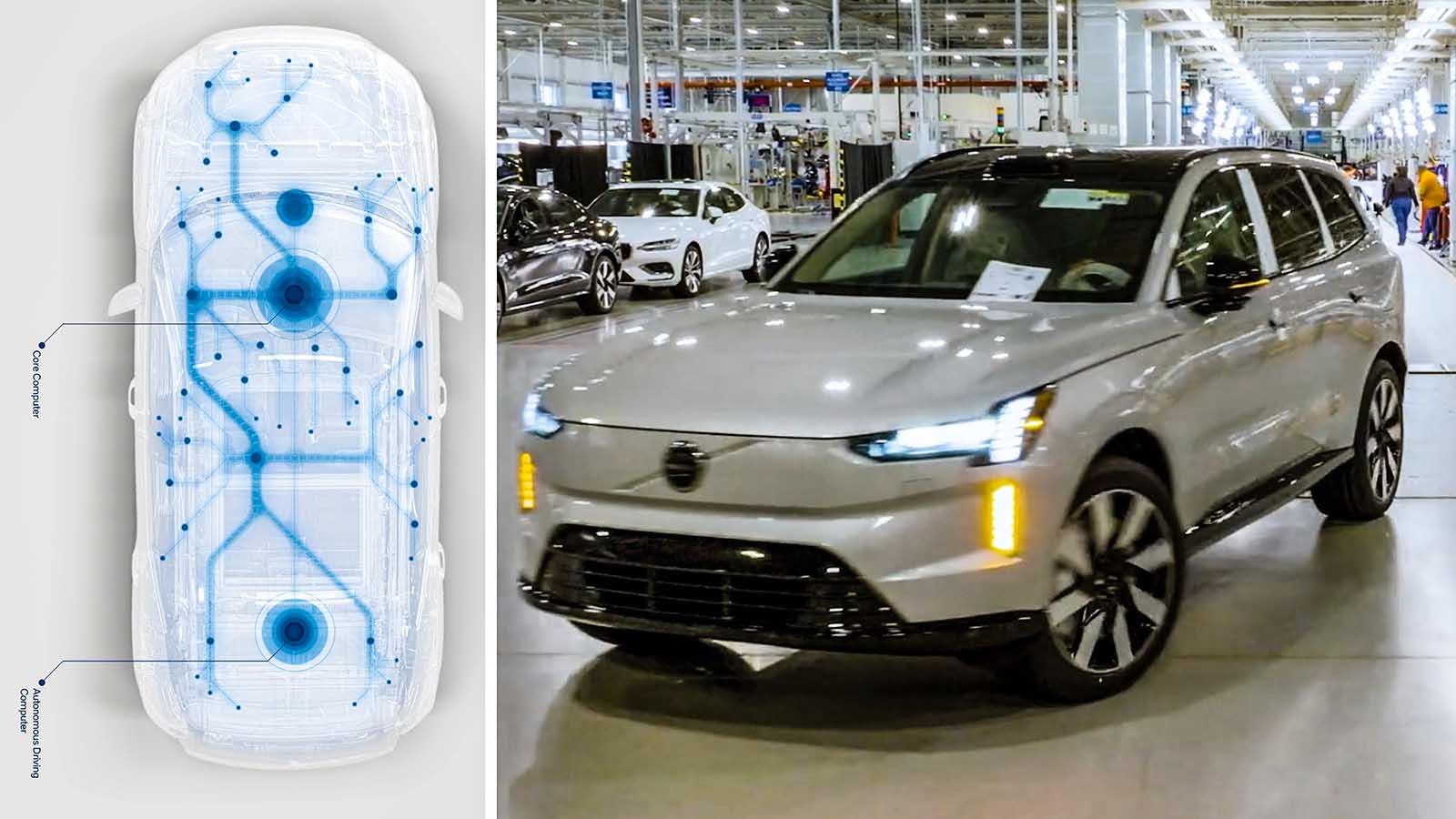I really wanted to love the Polestar 3, it looks brilliant, drives beautifully, and the range is decent. But after owning one, I can say hands down it's one of the most frustrating and over-engineered cars I’ve ever had. If you're considering a Polestar 3, especially at £80k, here’s what you need to know.
The list of issues is ridiculous. The alarm goes off randomly, profiles never sync to the right user, seat memory doesn’t work, and the tailgate height setting is totally hit-and-miss. The lock/unlock on approach is flaky sometimes it works, other times it doesn’t, and obviously no one wants to walk away from an unlocked car.
The approach and park lighting turns on even when it’s switched off. The stereo forgets whether it was last on or off. The road sign beeping is constant and annoying, and the driver distraction system complains even when the car’s not moving. Seatbelt pre-tensioners randomly go off, and the wing mirrors don’t auto-fold on lock. Honestly, it feels like a constant fight just to drive the thing.
Then there’s the shared Apple key sounds clever, but it’s hit and miss in real life. And the credit card key? Pointless. To top it off, the plastic key you get with no buttons so no more opening all the windows on a hot day as you approach, has a slot so small you can’t even fit it on a normal key ring. Who designed that? Absolute clown show. It’s like they were trying too hard to be Tesla instead of just building something practical and reliable.
Even the Polestar service centre admitted there are loads of known issues across the range and they’re basically just waiting for software updates to sort it all out. That’s not good enough. Not for this price point.
And it’s not just me a quick glance at the forums and you’ll see loads of Polestar owners reporting the same problems. For comparison, my new Land Rover Defender, which has its own reputation has had far fewer issues than this Polestar. And that says a lot.
It feels like Polestar/Volvo have gone way overboard with tech, to the point that they’ve stripped away trust from the driver and replaced it with glitches, warnings, and unreliable automation. It’s not futuristic, it’s just annoying.
It’s a real shame, because underneath all the nonsense, the car actually drives brilliantly. But I honestly can’t wait to be shot of it. For £80k, you expect something solid, refined, and dependable – this just isn’t it. I genuinely feel for the mechanical engineers at Polestar; they’ve clearly done a cracking job, only to be completely let down by an overcomplicated, glitchy mess of electronics. They must be absolutely fuming with the software team.
The list of issues is ridiculous. The alarm goes off randomly, profiles never sync to the right user, seat memory doesn’t work, and the tailgate height setting is totally hit-and-miss. The lock/unlock on approach is flaky sometimes it works, other times it doesn’t, and obviously no one wants to walk away from an unlocked car.
The approach and park lighting turns on even when it’s switched off. The stereo forgets whether it was last on or off. The road sign beeping is constant and annoying, and the driver distraction system complains even when the car’s not moving. Seatbelt pre-tensioners randomly go off, and the wing mirrors don’t auto-fold on lock. Honestly, it feels like a constant fight just to drive the thing.
Then there’s the shared Apple key sounds clever, but it’s hit and miss in real life. And the credit card key? Pointless. To top it off, the plastic key you get with no buttons so no more opening all the windows on a hot day as you approach, has a slot so small you can’t even fit it on a normal key ring. Who designed that? Absolute clown show. It’s like they were trying too hard to be Tesla instead of just building something practical and reliable.
Even the Polestar service centre admitted there are loads of known issues across the range and they’re basically just waiting for software updates to sort it all out. That’s not good enough. Not for this price point.
And it’s not just me a quick glance at the forums and you’ll see loads of Polestar owners reporting the same problems. For comparison, my new Land Rover Defender, which has its own reputation has had far fewer issues than this Polestar. And that says a lot.
It feels like Polestar/Volvo have gone way overboard with tech, to the point that they’ve stripped away trust from the driver and replaced it with glitches, warnings, and unreliable automation. It’s not futuristic, it’s just annoying.
It’s a real shame, because underneath all the nonsense, the car actually drives brilliantly. But I honestly can’t wait to be shot of it. For £80k, you expect something solid, refined, and dependable – this just isn’t it. I genuinely feel for the mechanical engineers at Polestar; they’ve clearly done a cracking job, only to be completely let down by an overcomplicated, glitchy mess of electronics. They must be absolutely fuming with the software team.





